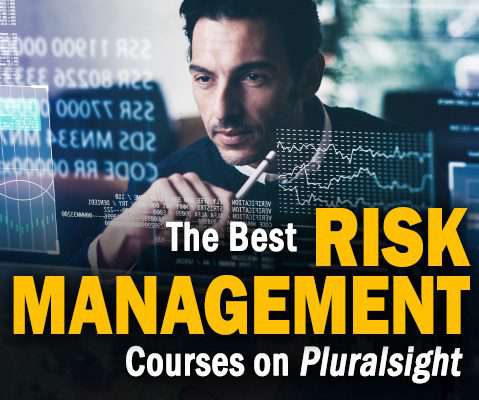Risk Management as a Career: A Guide for BCM Professionals
MHA Consulting
AUGUST 24, 2023
They include process and procedural robustness and integrity; people, skills, and training; insurance and self-insurance; the supply chain, outsourcing, and inherent risk; infrastructure, systems, and telecommunications; and physical and information security. The best practice is for BC to be tucked inside the risk management department.











Let's personalize your content